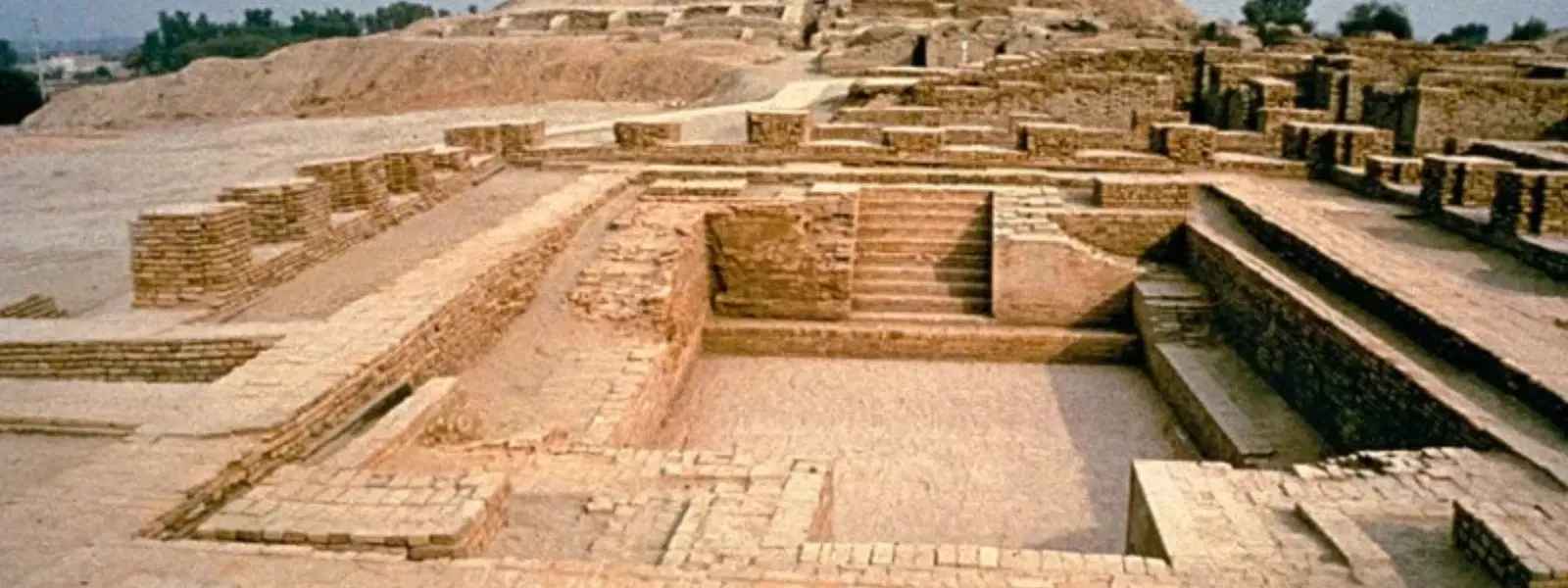
Hotels
•03 min read

Sivasagar, with its ancient ruins and majestic relics, invites travelers on a journey through time. Nestled in the heart of Assam, this historical gem reveals the rich legacy of the Ahom Kingdom. Dive into the history behind these 10 must-see ruins and explore a landscape that embodies both cultural brilliance and architectural innovation.
The Ahom dynasty, which ruled for nearly six centuries, played a pivotal role in shaping the history of Assam. Sivasagar served as the ancient capital, preserving a wealth of Ahom dynasty monuments that reflect the cultural and historical prosperity of the region. These impressive ruins are a testament to an era when art, architecture, and governance flourished under the Ahom kingdom heritage.
The architectural legacy of the Ahom Kingdom is as diverse as it is fascinating. From intricate temple designs to sprawling palace complexes, Assam ancient architecture under the Ahom reign reflects a blend of indigenous craftsmanship and Mughal influences. These Ahom cultural landmarks not only served religious and administrative purposes but also provided insight into the advanced engineering techniques of the time.
Regarded as Asia’s oldest amphitheater, Rang Ghar amazes visitors with its robust construction and unique design. This royal sports pavilion hosted grand festivities and games that brought the court together in celebration. As one of the foremost Assam royal ruins, Rang Ghar remains a symbol of the Ahom dynasty heritage sites and stands as a remarkable piece of history etched in stone.
Hidden beneath the surface, Talatal Ghar is an engineering marvel known for its secret tunnels and subterranean chambers. This underground palace not only served military purposes during tumultuous times but also stands as a testament to the ingenuity of the builders. Today, preservation efforts ensure that this Sivasagar Ahom kingdom architectural ruins Assam gem continues to intrigue historians and tourists, while also highlighting other Assam archaeological sites of note.

Kareng Palace offers a glimpse into the regal life of the Ahom dynasty. As a symbol of royalty, it served as both the royal residence and the administrative nerve center of the kingdom. The palace's architectural grandeur and intricate craftsmanship make it one of the most prized historical sites in Sivasagar. The opulent design and layout reflect the sophistication associated with the Ahom kingdom heritage.
One of the tallest Shiva temples in India, Shiva Dol dominates the skyline of Sivasagar with its majestic structure. This temple complex is celebrated not only for its religious significance but also for its awe-inspiring design. As a key piece of Sivasagar historical temples, Shiva Dol encapsulates the spiritual fervor and aesthetic sensibility of the era.
In addition to Shiva Dol, the temples of Vishnu Dol and Devi Dol hold equal importance in showcasing the religious devotion and architectural prowess of the Ahom rulers. These temples feature detailed carvings and innovative design elements that underscore Assam ancient architecture. Together, they form a network of Sivasagar tourist attractions that continue to draw visitors from all over India, each structure narrating its own unique story of art and faith.
Charai Deo serves as the final resting place for many of the Ahom kings and queens. This royal mausoleum is an architectural marvel, where every stone tells a tale of regal splendor, loss, and remembrance. It remains one of the most significant Assam archaeological sites, preserving the memory and legacy of the Ahom dynasty monuments through dedicated preservation efforts.
Beyond the mausoleum lies a collection of other burial grounds and historical artifacts that further illuminate the legacy of the Ahom Kingdom. These sites contribute substantially to our understanding of the cultural and political life of the period, forming an integral part of the Ahom kingdom heritage. They also act as valuable resources for researchers and cultural enthusiasts who wish to explore Sivasagar tourist attractions in depth.

Did you know? Rang Ghar’s unique oval shape and layered roof design were inspired by indigenous Assamese architecture, making it a one-of-a-kind structure in the entire Indian subcontinent.
Ahom architecture in Sivasagar is characterized by unique temple designs, royal palaces, underground structures, and burial grounds that blend indigenous and Mughal influences.
The temples of the Ahom Kingdom, such as Shiva Dol and Vishnu Dol, feature intricate carvings, towering spires, and robust structures that reflect the dynasty’s devotion and craftsmanship.
Sivasagar is famous for its historical sites, including Rang Ghar, Talatal Ghar, Shiva Dol, and Charai Deo, which showcase the architectural and cultural legacy of the Ahom Kingdom.
The monuments of Sivasagar include Rang Ghar, Talatal Ghar, Kareng Palace, Shiva Dol, Vishnu Dol, Devi Dol, and Charai Deo, each representing the grandeur of the Ahom dynasty.
Sivasagar stands as a treasure trove of Ahom Kingdom ruins that effortlessly weave together the past and present. The ancient monuments, palaces, and temples not only preserve the enchanting legacy of the Ahom dynasty but also serve as a reminder of Assam’s rich cultural heritage. Exploring these sites provides a unique opportunity to experience history firsthand and appreciate the intricate art and architecture crafted centuries ago.